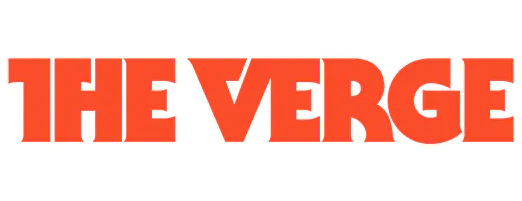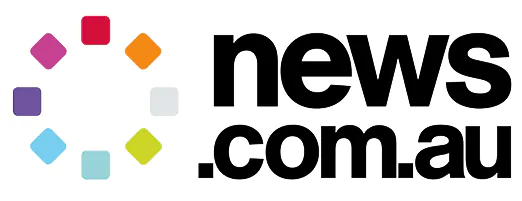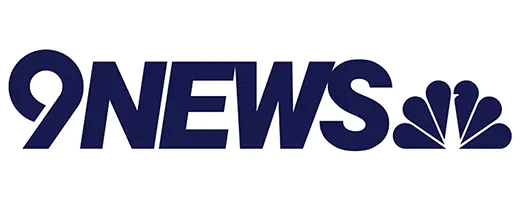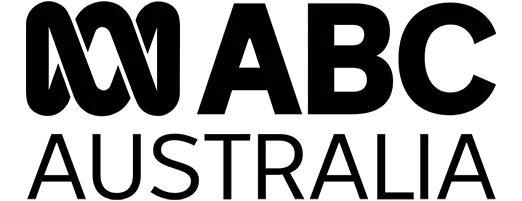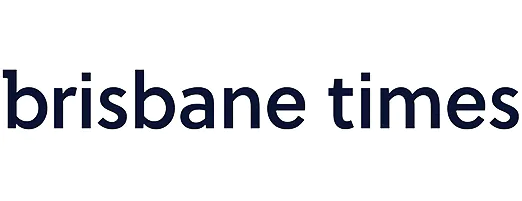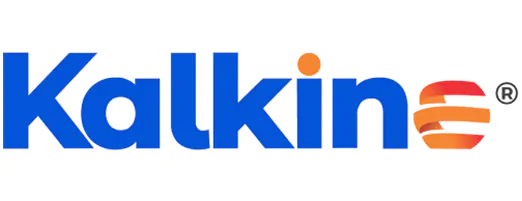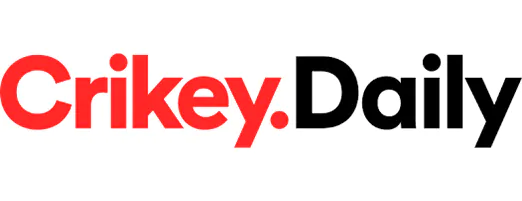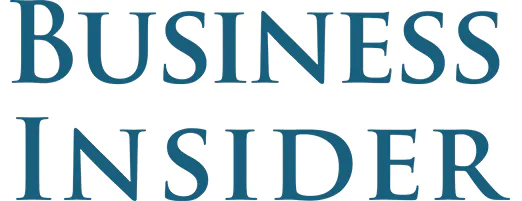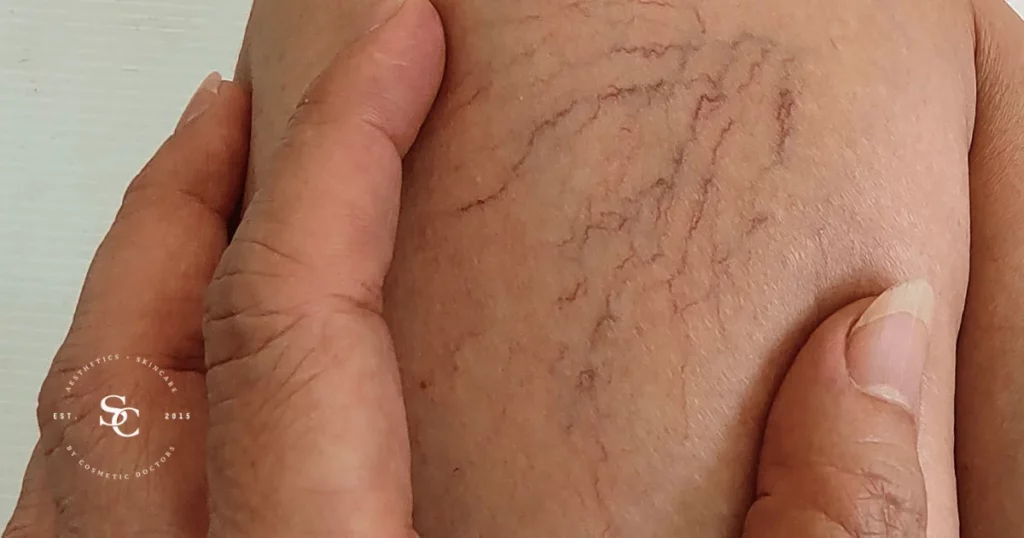Understanding Thread Veins: An Overview
Thread veins, also known as spider veins or telangiectasia, are small, dilated blood vessels that appear near the surface of the skin. They are often characterized by their red, blue, or purple color and their web-like or branching patterns. In this article, we will provide a comprehensive guide to understanding thread veins, including their causes, symptoms, risk factors, diagnosis, treatment options, prevention strategies, and their impact on daily life.
Identifying the Symptoms of Thread Veins
Symptoms of thread veins are primarily visual and may include:
- Visible Veins: Thread veins are characterized by the appearance of small, visible blood vessels on the skin’s surface.
- Color Variations: These veins can be red, blue, or purple, depending on their size and location.
- Pattern: Thread veins often form spider-like patterns or may branch out in a linear or web-like fashion.
- No Pain or Discomfort: Unlike varicose veins, thread veins are typically painless and do not cause physical discomfort.
Causes and Risk Factors of Thread Veins
Understanding the causes and risk factors of thread veins is essential:
- Genetics: A family history of thread veins can increase the likelihood of developing them.
- Age: Thread veins become more common with age as the skin and blood vessels lose elasticity.
- Hormonal Changes: Hormonal fluctuations, such as those during pregnancy or menopause, can contribute to the development of thread veins.
- Sun Exposure: Prolonged sun exposure can damage the skin and blood vessels, leading to the formation of thread veins.
- Injuries or Trauma: Skin injuries or trauma can cause thread veins to develop in the affected area.
Diagnosis: How Thread Veins are Detected
Diagnosing thread veins is primarily visual and typically does not require special tests:
- Clinical Examination: Healthcare providers can diagnose thread veins by visually inspecting the affected area.
- Medical History: Discussing family history, past injuries, and lifestyle factors can help healthcare providers make an accurate diagnosis.
While the diagnosis is usually straightforward, a dermatologist or vascular specialist may be consulted for further evaluation and guidance.
Treatment Options for Thread Veins
Several treatment options are available to address thread veins:
- Sclerotherapy: A common treatment where a solution is injected into the affected veins, causing them to collapse and fade.
- Laser Therapy: Laser treatments target and destroy the thread veins by using focused laser energy.
- Intense Pulsed Light (IPL): IPL treatments utilize broad-spectrum light to target and fade thread veins.
- Radiofrequency Ablation: Radiofrequency energy is used to heat and seal off the affected blood vessels.
- Microsclerotherapy: A specialized form of sclerotherapy used for smaller thread veins.
The choice of treatment depends on the size, location, and severity of the thread veins, as well as the individual’s preferences.
Prevention Strategies for Thread Veins
Preventing thread veins involves taking precautions to reduce risk factors:
- Sun Protection: Applying sunscreen and wearing protective clothing can help shield the skin from harmful UV radiation.
- Lifestyle Choices: Maintaining a healthy lifestyle that includes regular exercise, a balanced diet, and avoiding smoking can promote overall skin and vascular health.
- Leg Elevation: Elevating the legs when resting can help improve blood circulation and reduce the risk of thread veins in the lower limbs.
Impact of Thread Veins on Daily Life
Thread veins can have both physical and psychological effects:
- Cosmetic Concerns: Individuals with thread veins may feel self-conscious about their appearance, particularly when thread veins are prominent on visible areas like the face or legs.
- Body Image: Negative body image related to thread veins can influence self-perception.
- Choice of Clothing: Some individuals may choose clothing that conceals thread veins, especially when they are present on the legs.
Long-Term Management of Thread Veins
Managing thread veins may require ongoing efforts:
- Follow-Up Care: Periodic visits to a dermatologist or vascular specialist can help monitor progress and determine if additional treatments are needed.
- Lifestyle Modification: Maintaining a healthy lifestyle, including proper skincare and sun protection, can help prevent the recurrence of thread veins.
Mental and Emotional Considerations for Thread Veins
The psychological impact of thread veins should not be underestimated:
- Self-Esteem: Thread veins can affect self-esteem, especially if they are perceived as cosmetically undesirable.
- Social Impact: Some individuals may feel self-conscious in social situations or when wearing clothing that reveals thread veins.
Support from friends, family, and healthcare professionals can assist individuals in coping with the emotional aspects of living with thread veins.
In conclusion, understanding thread veins, their causes, prevention, treatment options, and their impact on daily life is essential for effective management and maintaining skin and vascular health. Tailoring a skincare routine, seeking professional guidance, and addressing emotional concerns can empower individuals to manage thread veins effectively and enhance their overall well-being.

